A software-as-a-service company understands how difficult it is to create leads and then convert them. To generate leads, businesses can use a variety of marketing methods; however, not every strategy is appropriate for all types of enterprises. When it comes to customer acquisition for SaaS enterprises, a fresh set of marketing methods is necessary.
With 85 percent of marketers prioritizing lead generation and sales as their primary aim, SaaS marketers spend an absurd amount of time developing content and then marketing it. The reason for this is fierce competition and the need for a steady stream of leads to stay in business.
What is SaaS Lead Generation?
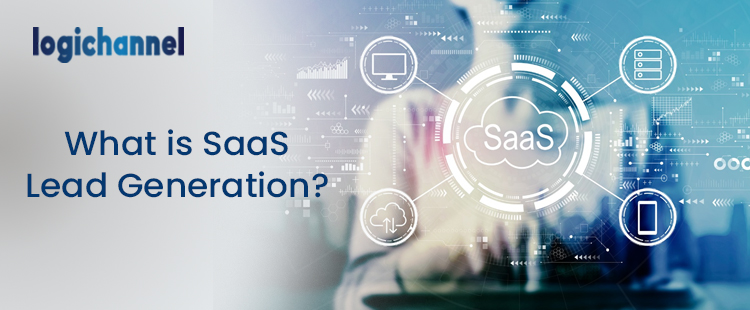
In simple terms, it’s the process by which SaaS companies create a list of people or organisations who are interested in their software. The list could be an email list, a social media audience, or a phone list of ready-to-call sales leads. They may not be ready to purchase right now, but the lead you produce may be interested in a SaaS solution in the near future.
If you’re a B2B SaaS marketer planning for 2020, we hope this roundup of B2B lead generation best practices is useful.
Start With Content Marketing
In the SaaS industry, content marketing is the most effective strategy for attracting customers, engaging with them, and eventually converting them into leads. Content marketing is used by brands all over the world to build their brand, attract visitors, and, of course, convert them into leads.
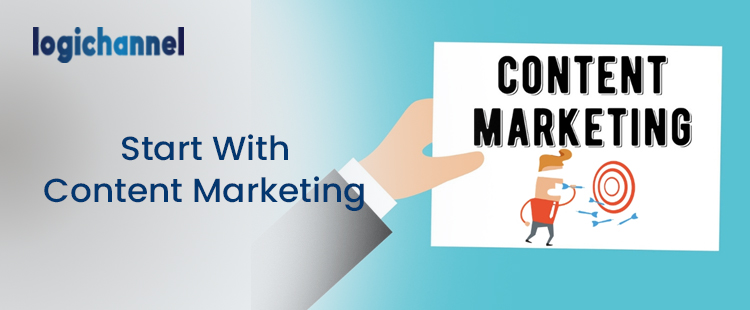
PPC may bring fast results, but they are limited to the amount of time you spend on it, whereas content marketing benefits you in the long run without costing you anything. According to statistics, 61% of people say that reading a blog has influenced their decision to purchase a product or service. Content marketing, on the other hand, isn’t only about writing blogs and advertising them; it may also include making videos, infographics, or anything that can entertain or educate your audience.
Implement SEO Strategies
An SEO strategy isn’t effective without a content marketing strategy. Search engine optimisation, or SEO, is a back-end technique that determines where your content appears on search engine results pages. But why do you need it in the first place? According to statistics, Google receives over 6.3 billion searches each month, with the first five organic results receiving 67 percent of all clicks. While pay-per-click advertising is an effective marketing approach, the majority of searchers ignore the ads on the SERP.
To keep ahead of the competition and reach out to potential clients, you must present your company in front of them, which is where SEO comes in. There are two types of SEO:
- On-Page SEO
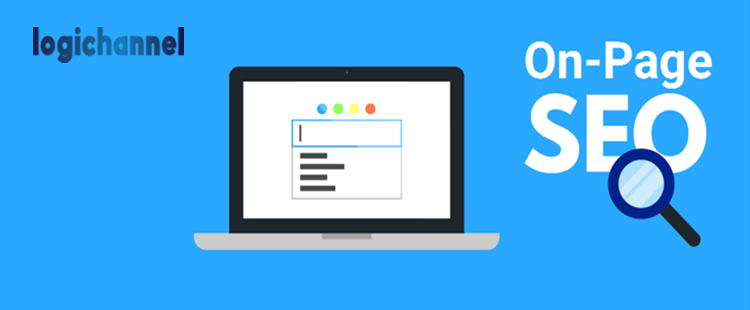
You have full control over the SEO aspect. Keyword strategy, internal linking, meta description, title use, website UI, and page load time are all examples of on-page SEO.
- Off-Page SEO

The links you create from other related websites are referred to as off-page SEO. However, it’s not just about the number of links you create; it’s also about their quality. Aside from that, social media is important because influencer shares and likes represent the content’s quality.
Use LinkedIn To Connect & Interact

LinkedIn can be a lead generation powerhouse for you if you’re in the B2B SaaS business. According to statistics, B2B marketers use LinkedIn to distribute their content in a remarkable 94% of cases. Begin by providing relevant content on LinkedIn Pulse, then cultivate a specific audience and engage with them regularly. This engagement will foster trust between you and your audience, which will eventually lead to consumers purchasing your product or service.
Provide Free Trials
Apparently, this is the most common lead generation strategy utilised by SaaS companies. After all, “test drives” help customers to determine whether or not your product is a good fit for them. That is why you should make a trial version available on your website for potential clients.
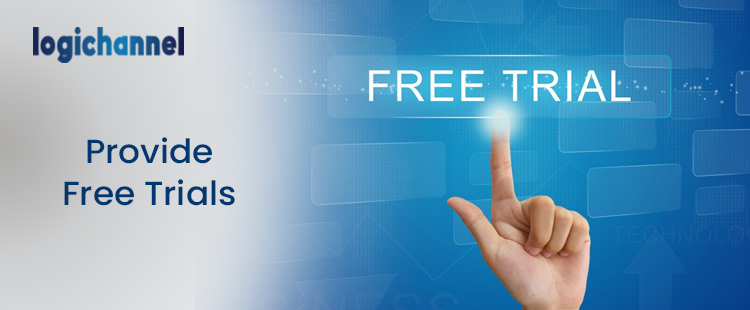
A trial version is an excellent lead grabber, especially for companies that cater to a tech-savvy demographic. Before making a purchase choice, your potential customers want to experience the goods. However, before you can persuade individuals to try your product, you must first raise awareness about it. That’s when the tactics outlined above come in handy.
Leverage AdWords
Promoting your content on Google has its own set of advantages; you gain immediate exposure in front of your audience without having to put out any work. It also helps you to reach out to a very specific demographic and increase traffic to your website.
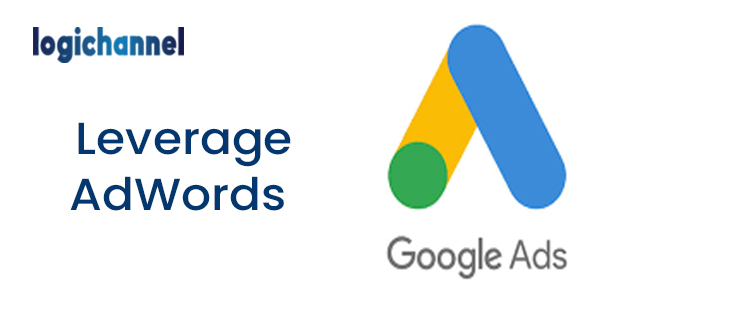
The easiest method to get the most of AdWords is to perform a series of experiments and see which one delivers the best return on investment. You’ll learn which types of adverts appeal to your target demographic the most this way. If done correctly, it can become your SaaS company’s principal source of lead generation.
Implement Chatbots
Did you know that more than half of clients want a business to be available to them 24 hours a day, seven days a week?
Your program can be perplexing to users, particularly those who are unfamiliar with it, and you must respond to their questions and assist them in any manner feasible. One option is to recruit a large number of humans to help clients, while another is to use a chatbot.
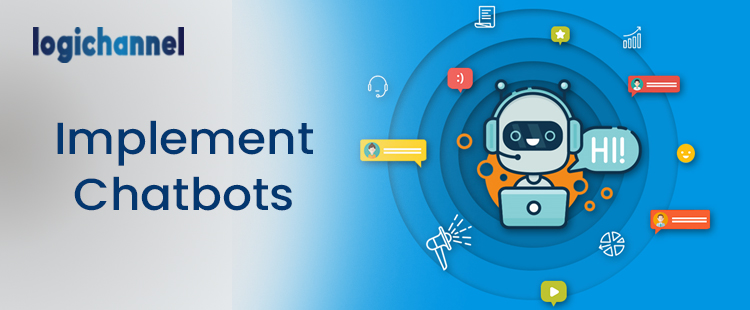
A chatbot will let you and your team focus more on development rather than support by automating the customer assistance process. And if you can handle questions, both current and new consumers will think of you first.
Bottom Line
These are the most effective SaaS lead-generating tactics currently in use by leading SaaS firms. However, in order to maintain a steady flow of leads for your SaaS business, you must create reasons for potential clients to use your service or product. Create a buyer’s journey and use the tactics listed above to try to influence your clients at each stage. As a result, you’ll raise brand awareness and continue to generate a considerable quantity of leads.






